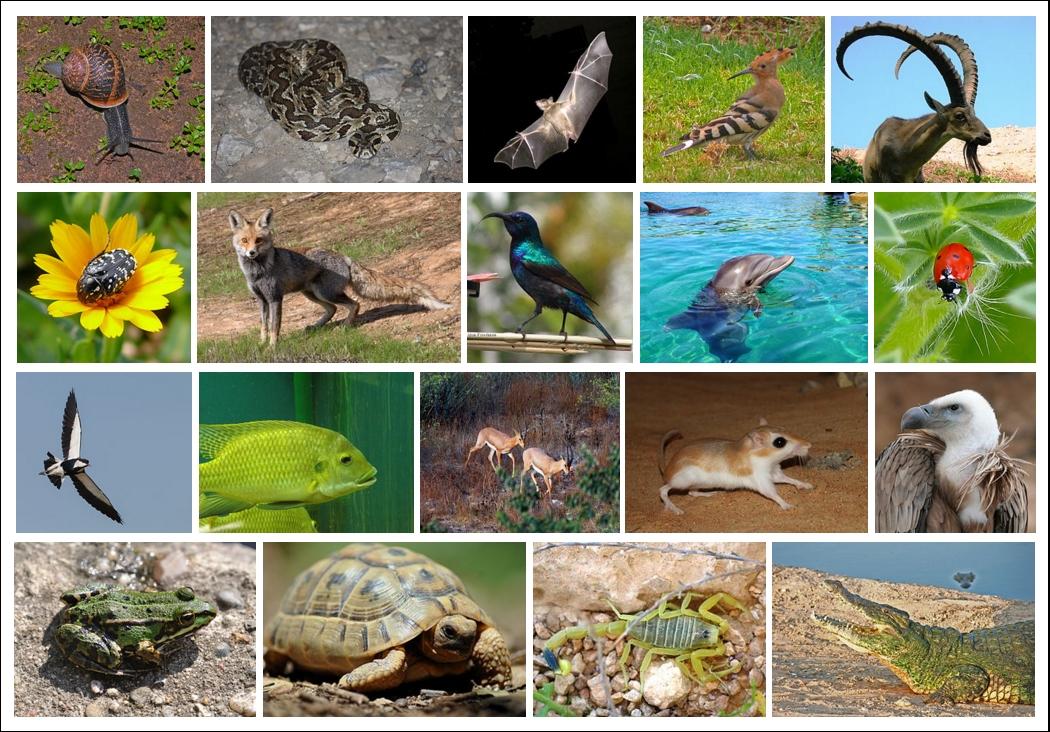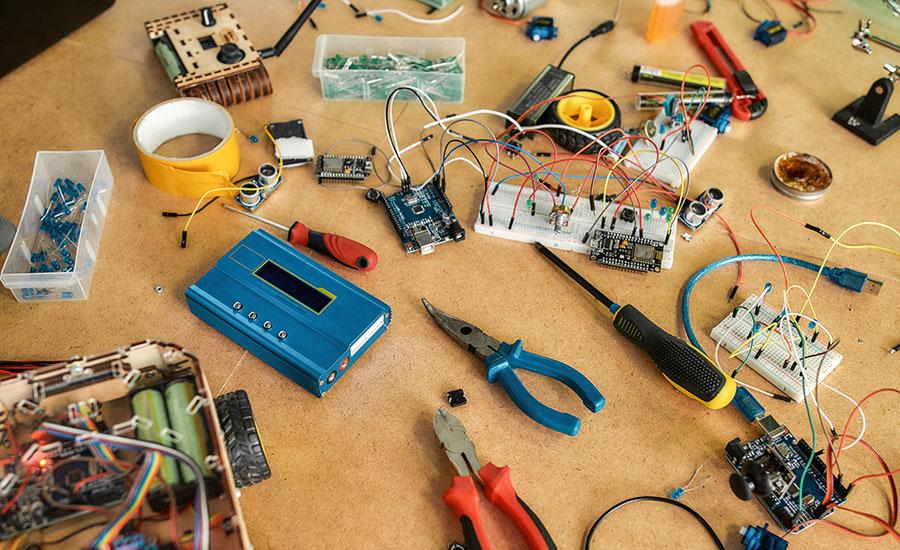Grades:
Kindergarten, 1st Grade, 2nd Grade
Students will be learning about the life cycle of a potato, how to grow potatoes, and measuring the growth of the stems. You'll need potatoes that are ready to plant, garden space, or tubs to put the
Grades:
6th Grade, 7th Grade, 8th Grade
In groups students will construct a roller coaster made completely out of paper that a marble can travel on. The goal is to have the "ride" last for a longer time than other and be able to explain the
Grades:
5th Grade
Students develop an understanding of patterns and how genetic information is passed from generation to generation. They also develop the understanding of how genetic information and environmental
Grades:
3rd Grade, 4th Grade, 5th Grade
This lesson takes place in as classroom for one or more 60 minute class periods. The data collection portion may continue for 2+ weeks (or whatever time frame you decide). An emphasis is placed on the
Grades:
6th Grade
In this engaging lesson, students will use an online seasons simulation to explore how direct and indirect sunlight influence the seasons. They will graph daylight hours from cities located in
Grades:
6th Grade, 7th Grade
Students explore the relationship between the speed(rate of travel) of an object, the distance it travels, and the amount of time it travels for. Teachers may use: A- Air rockets(from a previous
Grades:
6th Grade
In this lesson, students will create and test multiple helicopters to create a helicopter that lands the slowest in a given target. Students will take their best design and share with the class.
Grades:
6th Grade, 7th Grade, 8th Grade, 9th Grade
Students will create Rube Goldberg machines from simple machines in this engaging lesson. The teacher can determine materials such as wooden planks, paper towel rolls, bottle caps, marbles, cardboard
Grades:
6th Grade, 7th Grade, 8th Grade
Lesson Summary: Students code sprites in scratch to animate the Central Dogma of Biology Materials: Laptops Agenda: The teacher will introduce a list of items like the following: aquarium, bicycle
Grades:
6th Grade, 7th Grade, 8th Grade
Model Building For Disaster is a 4-6 week unit in which students research natural disasters around the world and their effect on developing countries. Following their research, student teams design
Grades:
8th Grade
This lesson took place in a 90 minute after school STEM club (could work in 2 - 45 minute class periods). Students may work in small groups of 2-4. An emphasis on sample collection and analytical
Grades:
6th Grade
In this lesson, students will calculate the surface area of rectangular prism, first constructed and then deconstructed and make observations about any potential differences. Making these connections
Grades:
5th Grade
This is the 2nd part in a 4-lesson series. This lesson is on the fins and how they work with balanced and unbalanced forces. Students will need the worksheet, the article for read and reflect, foam
Grades:
6th Grade
In this unit, students will study the effects of atmospheric pressure and air resistance on objects to engineer a landing apparatus to land cargo in space. They will then write a Claim based on
Grades:
2nd Grade
Students will design and build the tallest tower/structure using candy/marshmallows and toothpicks.
Grades:
5th Grade
Summary: Today we will observe and test five known mystery powders, identify examples of physical and chemical reactions to determine who committed the crime. Materials: 6 teaspoons or small spoons
Grades:
4th Grade
In this hands-on lesson, students investigate how a solar panel can change energy from sunlight into electrical energy. They also determine how water flows out of the fountain. With the use of a
Grades:
3rd Grade, 4th Grade, 5th Grade
Analyze and interpret data they have collected from an owl pellet dissection to answer a question. Use a dichotomous key to identify bones of prey species found in an owl pellet. List of Materials owl
Grades:
Kindergarten
Students will analyze shadows to determine how light moves and changes throughout the day.
Grades:
7th Grade
In this engaging lesson, students will use 2-3 days to build a land yacht with Lego BricQ sets. They will test different winds and angles, and then use their lab to introduce Newton's third law of
Grades:
7th Grade
This lesson plan is written for 7th grade science but can be modified to be used with any age group. Students will create petri dishes and will collect samples from bathrooms. Students will then
Grades:
8th Grade
This activity can be classified as Performance Based Learning. Student teams take on the role of engineers as they redesign existing packaging that is already in the market. The math focus is on
Grades:
5th Grade
In this lesson, students will be measuring the dimensions of the classroom, then calculating its perimeter, area, volume and (optional) surface area. Then they will participate in a design challenge
Grades:
3rd Grade, 4th Grade, 5th Grade
In this hands-on lesson, students plan and build a bridge that can hold at least 6 pounds using popsicle sticks and hot glue. This lesson helps students understand load transfer of weight and the
Featured Lesson Plans
Check out these notable lesson plans.

Featured
Pocket Creature Build Challenge
Grades:
7th Grade
In this build challenge, students will work in teams build a small creature out of recycled materials that serves a purpose. This outstanding lesson is easily customizable to engage in various science

Grades:
6th Grade
This is the 3rd and final lesson in a series of 3. Lesson 1 & 2 are linked in the speaker notes. In this 8-week project, 6th-grade students will collaborate in small groups to create eco-friendly

Grades:
6th Grade
This is the 2nd lesson in a series of 3. Lesson 1 & 3 are linked in the speaker notes. In this 8-week project, 6th-grade students will collaborate in small groups to create eco-friendly inventions
